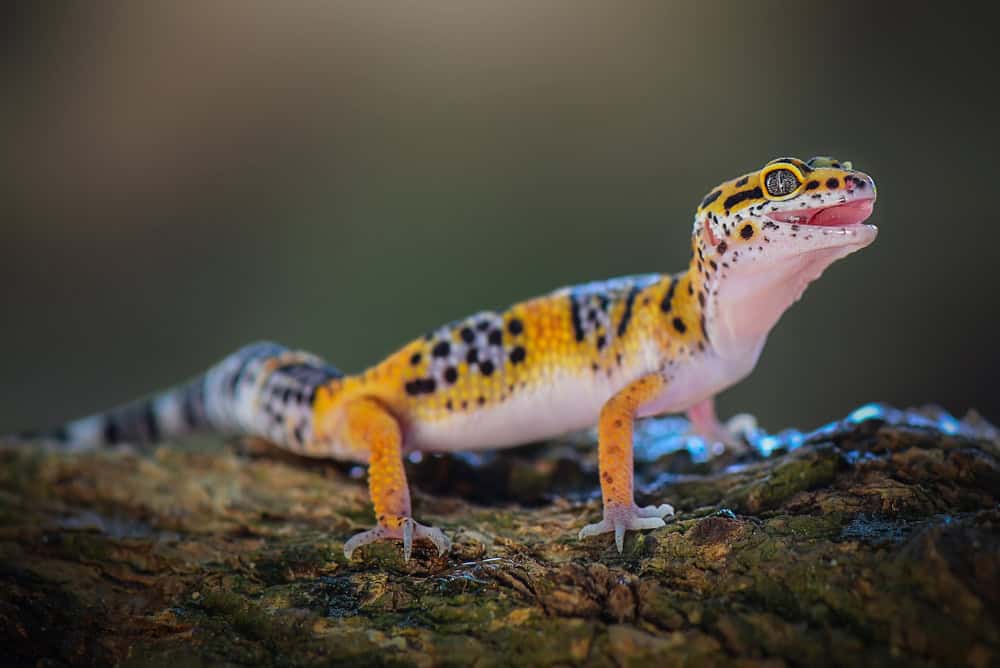In a world full of fascinating facts and intriguing discoveries, some truths are not just surprising but downright terrifying. These unsettling realities, from environmental threats to technological advancements, remind us of the fragile balance we maintain with nature and the potential dangers lurking within our own creations. This article delves into 20 frightening facts that highlight the serious challenges we face, offering a stark reminder of the urgent need for awareness and action.
Supervolcano Eruptions
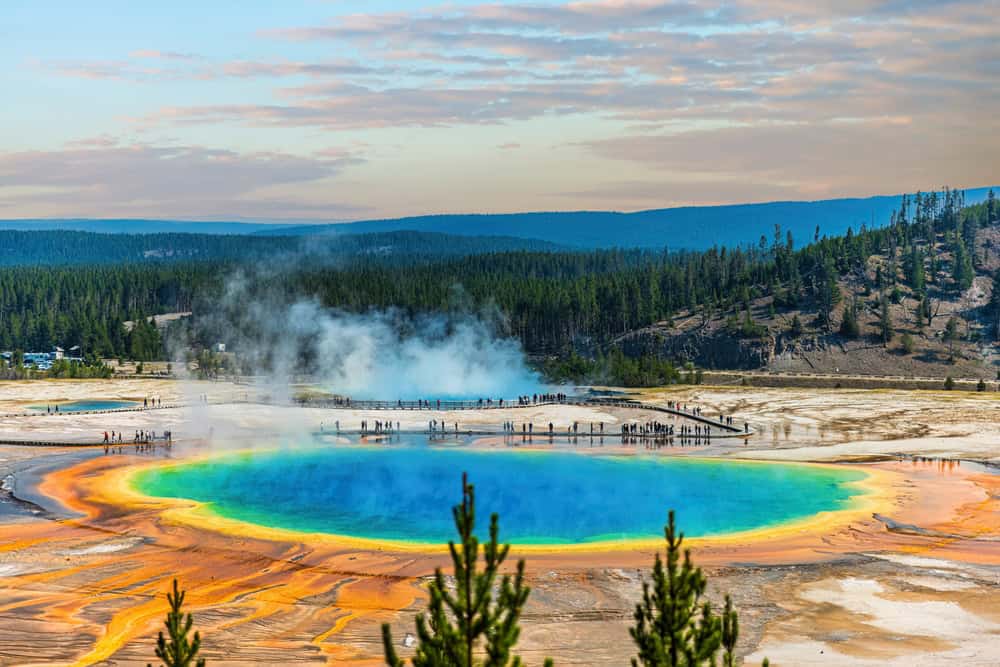
Beneath Yellowstone National Park lies a supervolcano with the potential to cause catastrophic damage on a global scale. If it erupts, it could spew vast amounts of ash into the atmosphere, blocking sunlight and drastically altering the climate. This would lead to a “volcanic winter,” severely impacting agriculture and food supplies worldwide.
Antibiotic Resistance
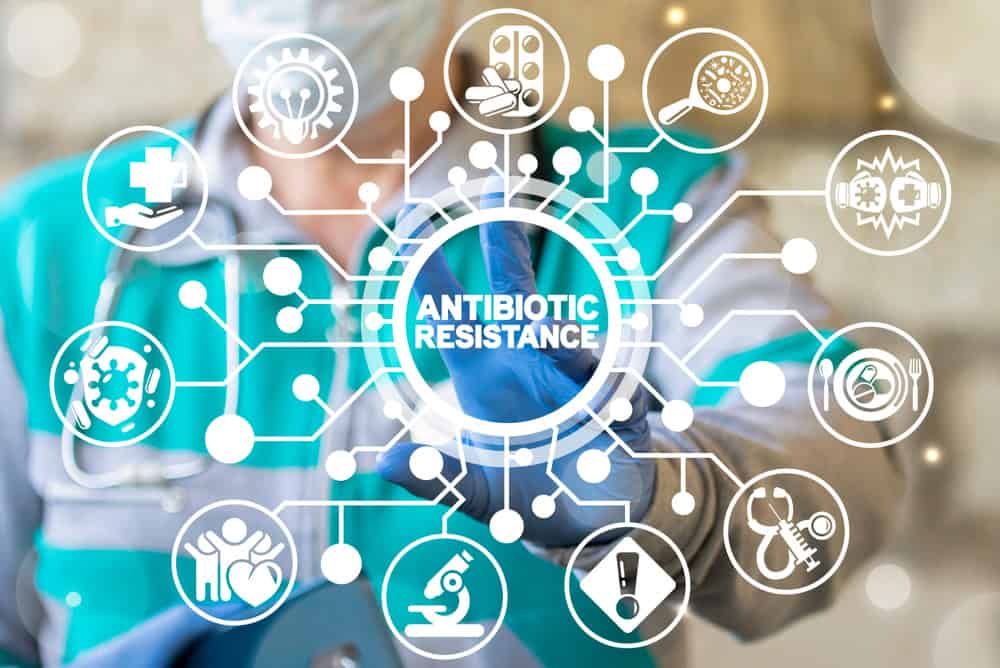
Antibiotic-resistant bacteria, or “superbugs,” are becoming increasingly common due to the overuse and misuse of antibiotics. These superbugs can cause infections that are difficult, if not impossible, to treat, posing a significant threat to public health. The rise of these bacteria means that even minor infections could become deadly in the future.
Mass Extinction

Scientists believe we are currently experiencing the sixth mass extinction, driven by human activities such as deforestation, pollution, and climate change. Species are disappearing at an alarming rate, which disrupts ecosystems and could lead to the collapse of food chains, impacting human survival.
Nuclear Weapons
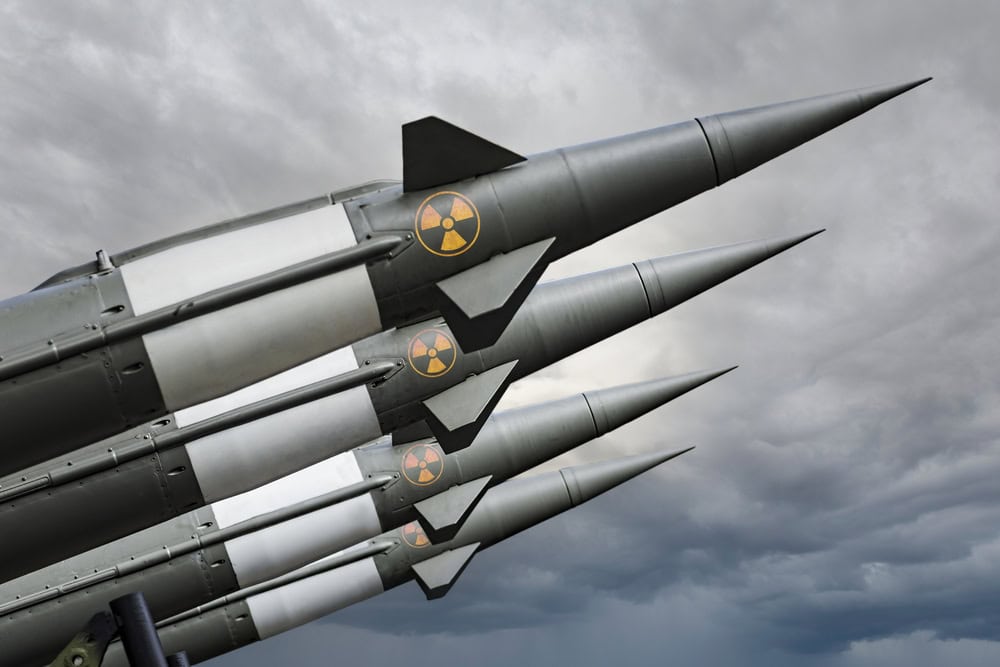
There are approximately 13,000 nuclear weapons in the world, with the power to annihilate human civilization multiple times over. The threat of nuclear war remains a real and present danger, as political tensions between nuclear-armed states can escalate into conflict, leading to unimaginable devastation.
Cyber Warfare

Cyber attacks on critical infrastructure, including power grids, water supply systems, and financial networks, are becoming more frequent and sophisticated. A successful attack could cripple essential services, leading to widespread chaos and economic collapse. The anonymity of cyber warfare makes it difficult to trace and prevent these threats.
Global Pandemics

The COVID-19 pandemic showed how quickly a new virus can spread and disrupt life worldwide. With increasing global travel and urbanization, the risk of future pandemics remains high. New pathogens can emerge from animal reservoirs, potentially leading to diseases that are even more deadly and contagious than COVID-19.
Climate Change
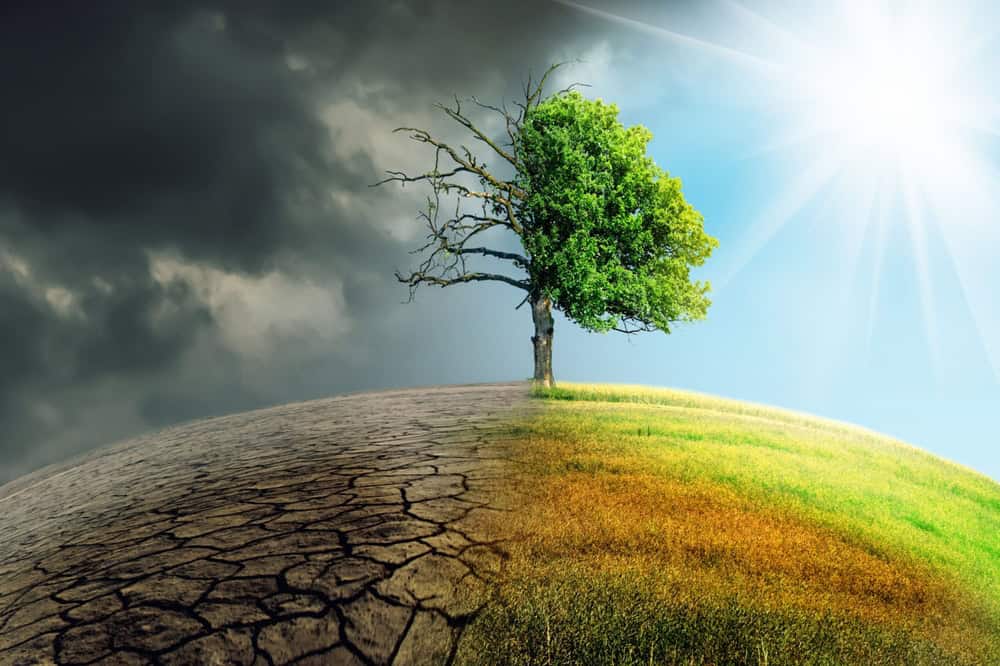
Climate change is causing more frequent and severe weather events, such as hurricanes, droughts, and wildfires. Rising temperatures and sea levels threaten coastal communities and agricultural productivity. If current trends continue, large parts of the planet could become uninhabitable, leading to mass migrations and conflicts over resources.
Ocean Acidification
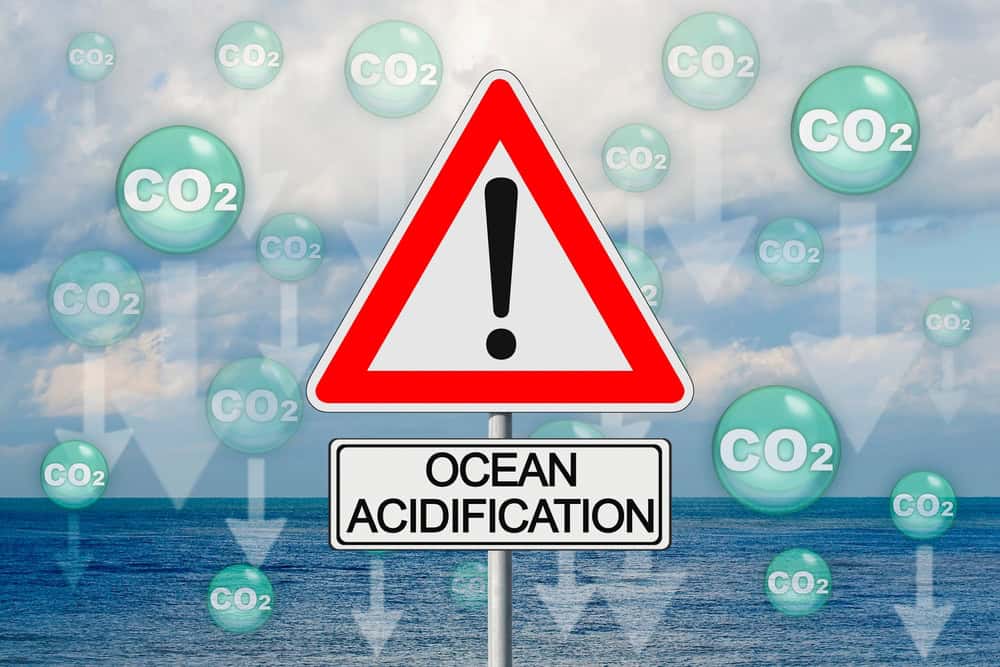
The oceans absorb about a third of the carbon dioxide released into the atmosphere, causing the water to become more acidic. This acidification harms marine life, particularly organisms with calcium carbonate shells or skeletons, such as corals and shellfish. The loss of these species disrupts marine ecosystems and affects food security for millions of people.
AI and Automation

Advances in artificial intelligence and automation could lead to widespread job displacement, as machines and algorithms replace human workers in many industries. This technological unemployment could result in significant economic and social upheaval, with large segments of the population struggling to find new employment opportunities.
Overpopulation
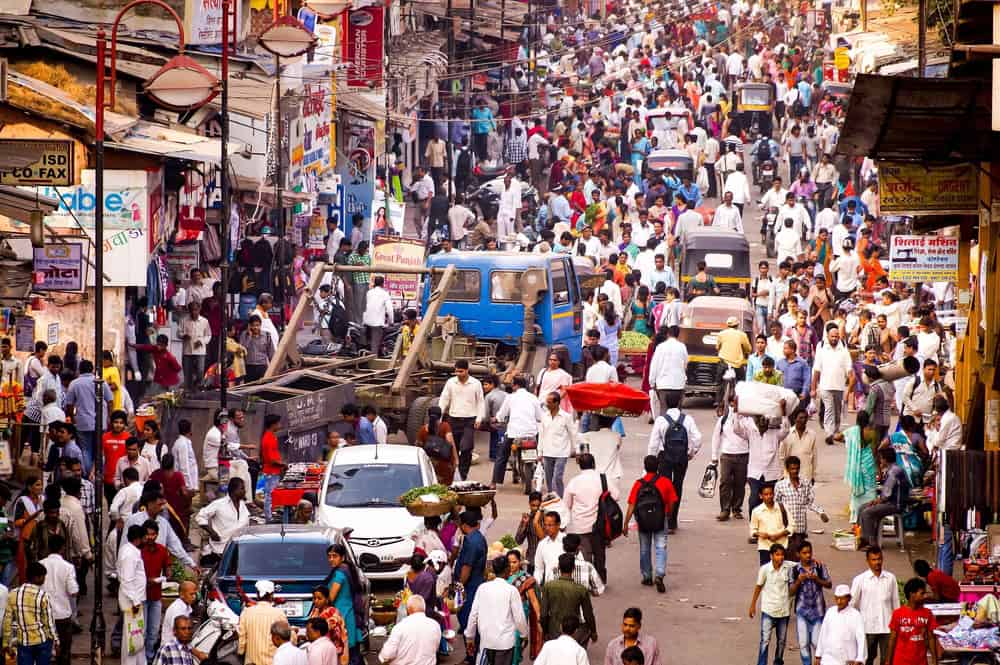
The global population is projected to reach nearly 10 billion by 2050. Overpopulation strains natural resources, such as water and arable land, and exacerbates environmental issues like pollution and habitat destruction. Managing this growth sustainably is a major challenge for the future.
Asteroid Impact
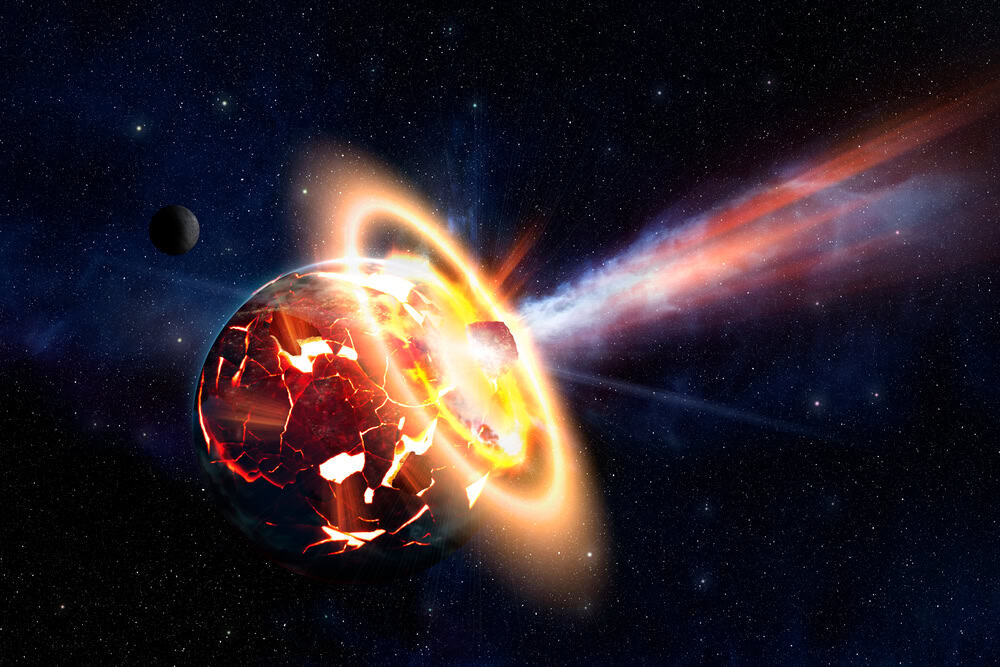
There are thousands of near-Earth objects (NEOs) that could potentially collide with our planet. While large asteroid impacts are rare, they have the potential to cause massive destruction and even trigger extinction-level events. Efforts to detect and deflect these objects are ongoing but not foolproof.
Microplastics

Tiny plastic particles, known as microplastics, have been found in virtually every part of the environment, including the food and water we consume. These particles can accumulate in the body and may have unknown health effects, contributing to a growing public health concern.
Biodiversity Loss
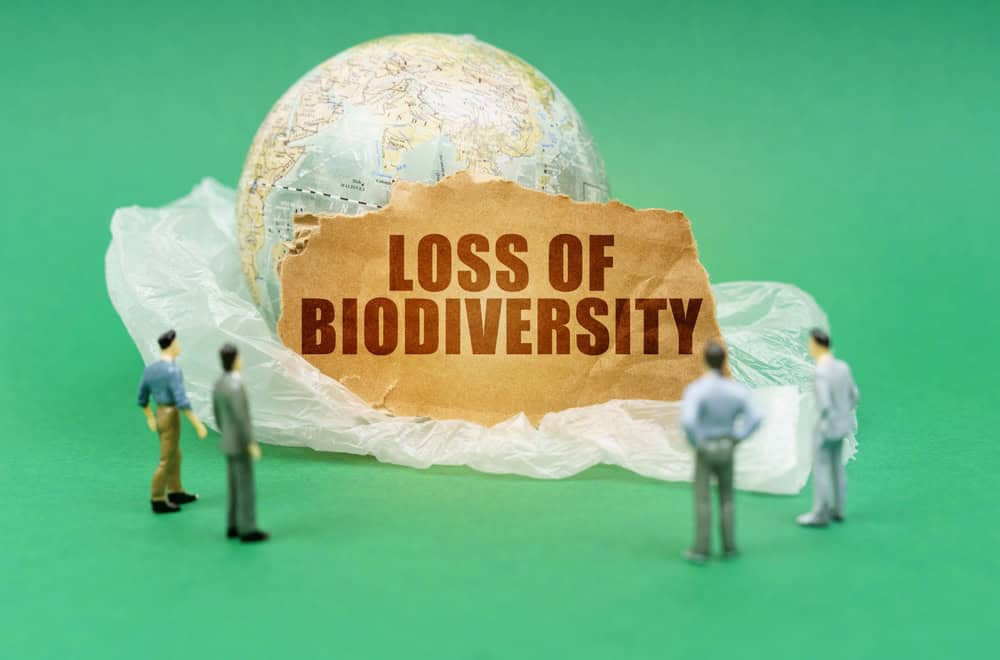
The loss of biodiversity due to habitat destruction, pollution, and climate change undermines the resilience of ecosystems. Healthy ecosystems provide vital services, such as pollination, water purification, and disease regulation. Their decline poses a direct threat to human well-being and survival.
Economic Inequality

The gap between the rich and the poor is widening globally, leading to social and political instability. Extreme inequality undermines social cohesion, fuels resentment, and can lead to conflict and violence. Addressing this issue requires significant policy changes and international cooperation.
Rogue Artificial Intelligence

The development of artificial intelligence poses the risk of creating systems that operate beyond human control. A rogue AI could make decisions that are harmful to humans, either through unintended consequences or malicious intent. Ensuring that AI remains aligned with human values and safety is a critical challenge.
Mass Surveillance

Governments and corporations have unprecedented capabilities to monitor and analyze the activities of individuals. This mass surveillance erodes privacy and can be used to suppress dissent and control populations. The balance between security and civil liberties is a contentious and ongoing debate.
Resource Depletion
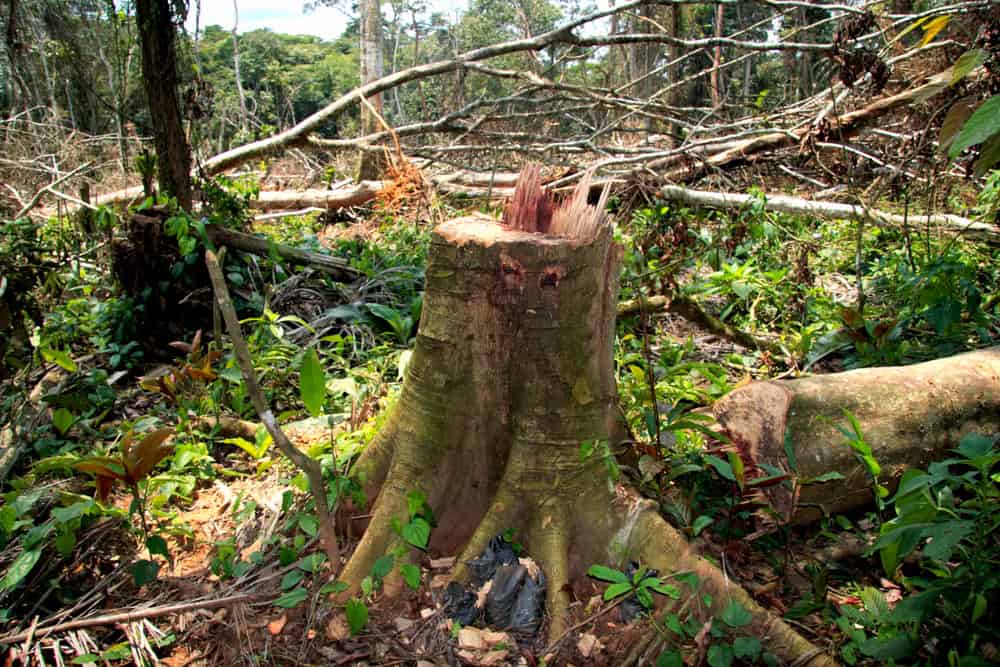
Many of the resources that modern society relies on, such as fossil fuels, minerals, and fresh water, are being depleted at unsustainable rates. This depletion could lead to resource shortages, increased competition, and conflict over remaining supplies, threatening global stability.
Zoonotic Diseases
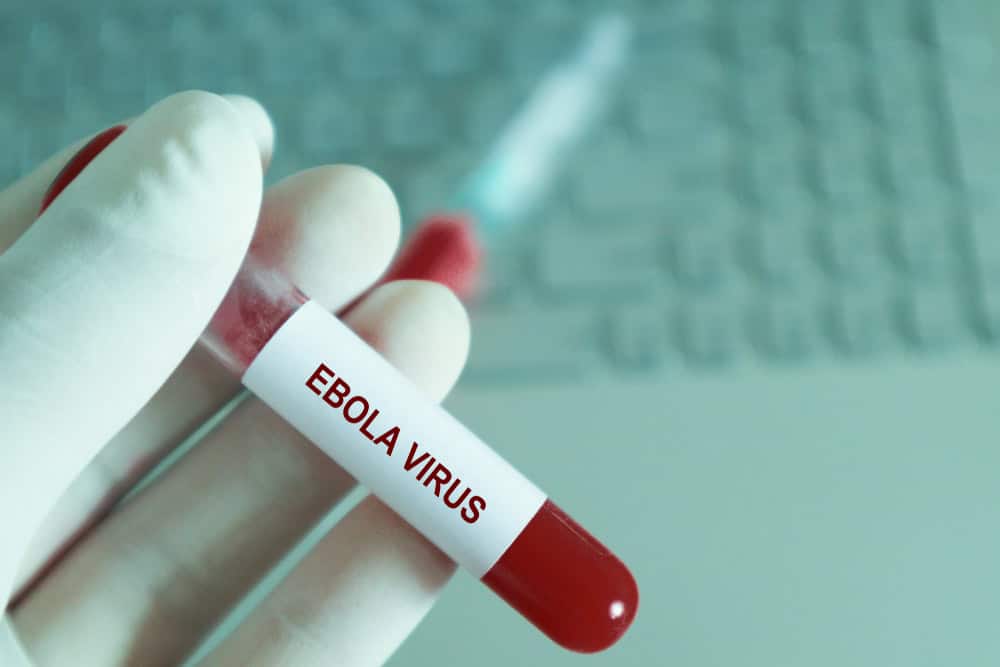
Many of the world’s most deadly diseases, such as Ebola and HIV, originated in animals and were transmitted to humans. The close contact between humans and wildlife, often due to habitat encroachment and the wildlife trade, increases the risk of new zoonotic diseases emerging, potentially leading to new pandemics.
Solar Storms
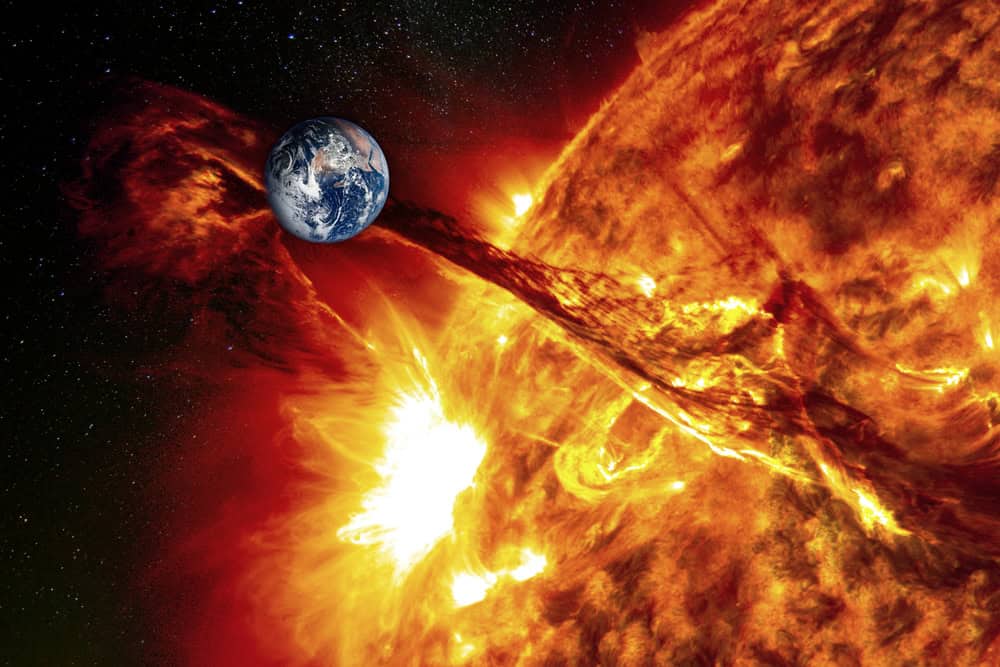
Powerful solar storms can disrupt satellite communications, GPS systems, and power grids. A severe solar storm, like the Carrington Event of 1859, could cause widespread technological failures and economic damage. Modern society’s reliance on technology makes us particularly vulnerable to such events.
Biological Warfare
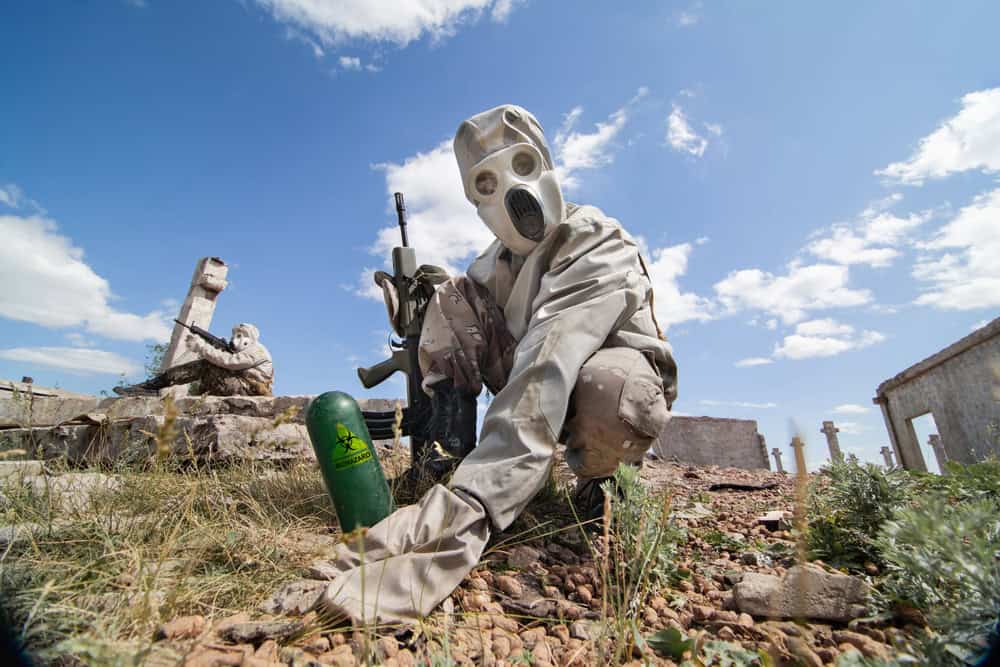
The use of biological agents as weapons poses a grave threat to global security. Advances in biotechnology have made it easier to engineer pathogens that could be used in attacks, causing widespread illness and death. Preventing the development and use of biological weapons requires robust international cooperation and regulation.
This article originally appeared on Rarest.org.
More From Rarest.Org
American Girl Dolls are a collectorâs dream. Created in 1986, these high-end toys come with elaborate back stories, associated outfits and furniture, and can visit a designated doll hospital at one of the many stores. Read more.
Essential oils are much more than just pleasant scents; they are potent extracts that harness the therapeutic properties of plants. These oils are obtained through meticulous extraction processes that often require large quantities of plant material, making some varieties particularly rare and expensive. Read more.
Leopard geckos are a favorite among reptile enthusiasts, beloved for their easy care and the incredible variety of colors and patterns they exhibit. These variations, known as morphs, range from vibrant hues to dramatic patterns, with some being exceedingly rare and sought after. Read more.



